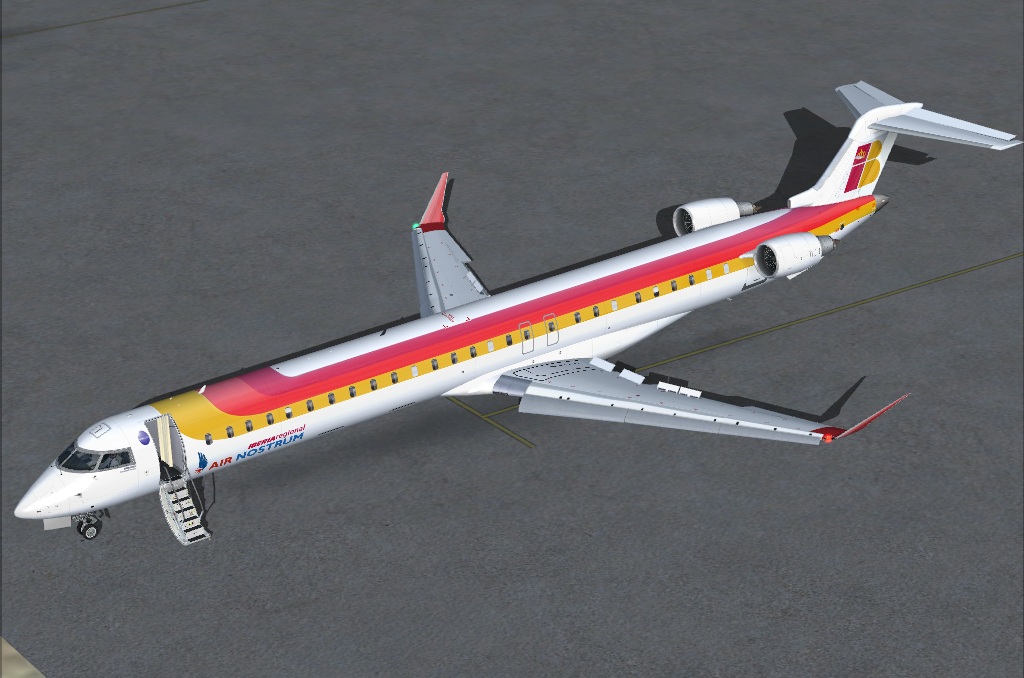
than the CRJ1000, so I think engine parts (which will probably mostly fly to the side) shouldn't hit the cabin...



Falcon wrote:When It comes to crash survivability and possibility of salvage, I would definitely go with the 737. I am personally a fan the 787 and 747 series. but for reasons that I can not explain, The 737 is my top choice.
D-ECHO wrote:about the Q, it was a known problem by the crew (gear showed "in-transit") so they came in extra slow and passengers were moved to other places so noone was hurt by the flying around propeller after landing.

Users browsing this forum: No registered users and 6 guests